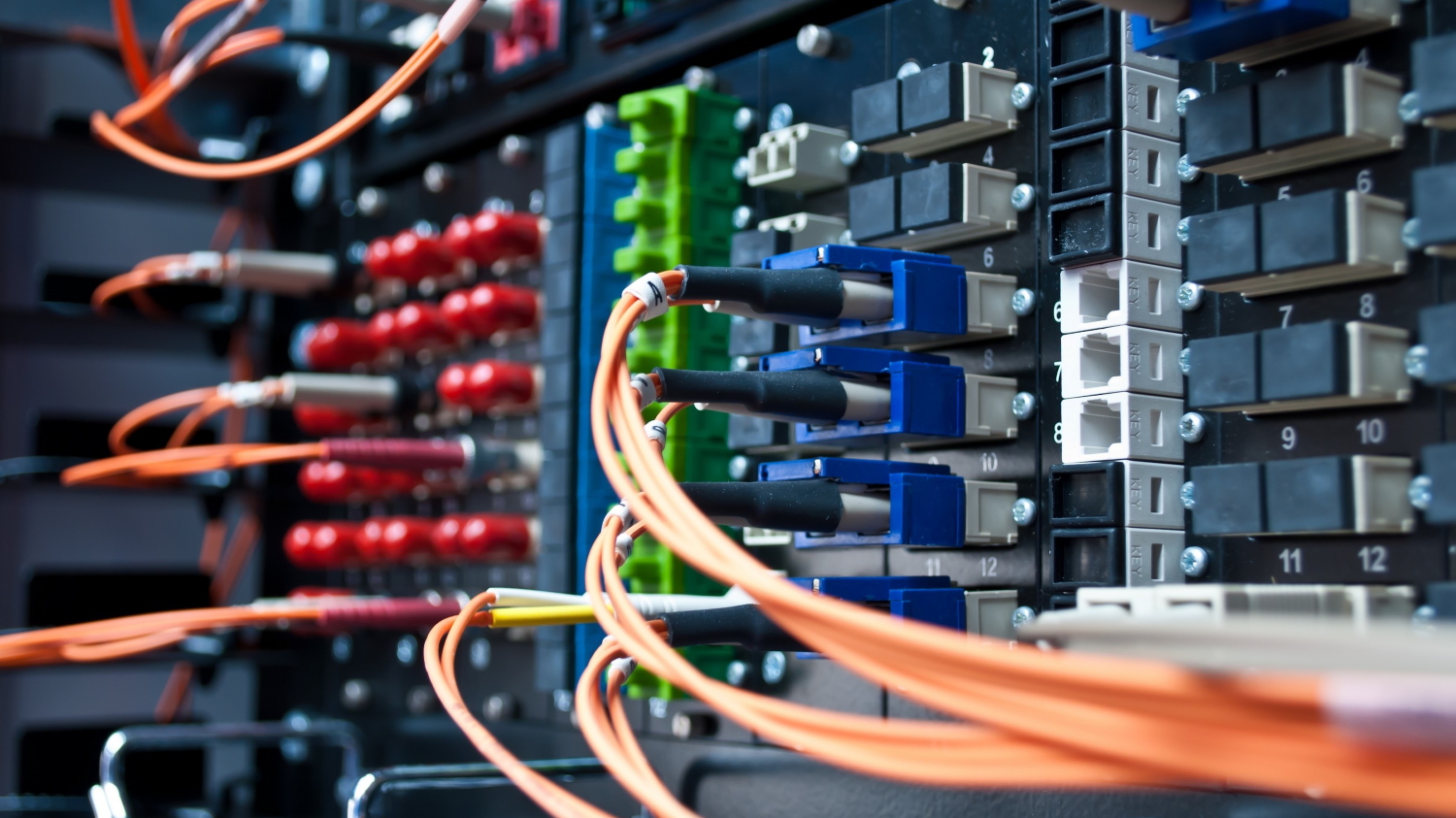Amazon’s Project Kuiper satellites kit and broadband speeds revealed
SMBs set to benefit from another player in the broadband game

SMBs all over the world are set to benefit from another company offering ultrafast broadband. Amazon has just announced hardware requirements for Project Kuiper, a low(ish)-cost global internet service with the potential to deliver a lot of data on short latency times.
The online shopping giant and cloud computing market leader plans to launch a global megacluster of satellites into Low Earth Orbit (LEO) to provide affordable internet access worldwide.
LEOs orbit much closer to Earth than larger GSOs/GEO satellites, which is why they're so small. This means you need more LEOs for adequate coverage; however, the extra capacity can deliver a lot of data with fast latency times (often around 20-40ms), provided there are enough Ground Stations.
Project Kuiper will utilize the 17.8-18.6GHz band and 28.6-29.1GHz frequencies for communication with ground stations.
Amazon is currently authorized to deploy and operate its own constellation of 3,236 LEO satellites under Project Kuiper. The company had stated that they would launch half of its constellation by July 2026 (FCC requirements), followed by the remaining by mid-2029 - well behind their competitors SpaceX Starlink and UK-based OneWeb.
Project Kuiper kit & speeds
Project Kuiper will ship three customer terminals (dish antenna) to customers. The smallest (7 inches square) will go to residential customers around the world; a larger version (11 inches square and 1 inch thick) is suitable for business and residential users alike, while the largest terminal (19 inches by 30-inches) caters to high-demand enterprise, telecoms, and government clients alike.
The ultra-compact model with the smallest dimensions offers broadband speeds up to 100Mbps (Megabits per Second), while the standard model can deliver 400Mbps and the largest model up to 1Gbps (Gigabits per Second). Unfortunately, we don't yet know what upload speeds it will achieve or its final latency times; however, we anticipate them to be similar to Starlink's.
Are you a pro? Subscribe to our newsletter
Sign up to the TechRadar Pro newsletter to get all the top news, opinion, features and guidance your business needs to succeed!
Businesses will likely be drawn to the larger terminals, so the question arises: How much does this kit cost? Amazon has yet to disclose pricing or service package details, but they did mention that smaller terminals were less expensive than $500 (£411) to make.
Rajeev Badyal, Amazon's VP of Technology for Project Kuiper said:
“Our goal with Project Kuiper is not just to connect unserved and underserved communities, but also to delight them with the quality, reliability, and value of their service. From day one, every technology and business decision we’ve made has centered on what will deliver the best experience for different customers around the world, and our range of customer terminals reflects those choices.”
- Here are the best fibre broadband deals right now
Via: ISP Review
Sead is a seasoned freelance journalist based in Sarajevo, Bosnia and Herzegovina. He writes about IT (cloud, IoT, 5G, VPN) and cybersecurity (ransomware, data breaches, laws and regulations). In his career, spanning more than a decade, he’s written for numerous media outlets, including Al Jazeera Balkans. He’s also held several modules on content writing for Represent Communications.